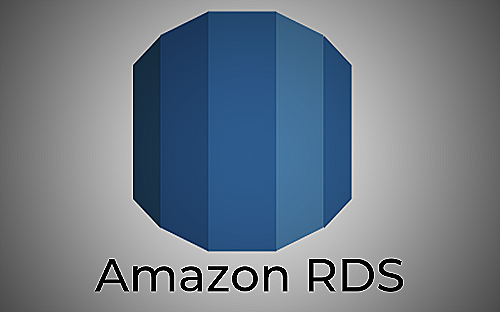

In the world of cloud computing, two giants stand tall – Amazon RDS and Amazon S3. While both services offer storage solutions, they differ greatly in their functionalities and use cases. In this comprehensive comparison, we will dive into the critical differences between Amazon RDS and S3, exploring their strengths and weaknesses. So, let’s get started and unravel the world of Amazon RDS vs S3.
Check out this Youtube video comparing Amazon RDS and S3 to discover which one is more suitable for your needs:
What is Amazon RDS?
Amazon RDS, short for Amazon Relational Database Service, falls under the “SQL Database as a Service” category of the tech stack. It provides a managed database service that supports popular relational database engines like MySQL, PostgreSQL, Oracle, and SQL Server.
With Amazon RDS, you can easily set up, operate, and scale a relational database in the cloud without the hassle of managing the infrastructure.
What is Amazon S3?
On the other hand, Amazon S3, which stands for Simple Storage Service, belongs to the “Cloud Storage” category. It provides object storage through a web service interface.
With Amazon S3, you can store and retrieve any amount of data from anywhere on the web. It is highly scalable, reliable, and designed to handle large volumes of data.
Consistency: Strong vs Eventual
One of the key differences between Amazon RDS and S3 lies in their consistency models. Amazon S3 follows an eventual consistency model, where changes made to the data may take some time to propagate across different regions.
On the contrary, Amazon RDS provides strong consistency, ensuring that data changes are immediately visible to all subsequent operations.
Transactions: Supported vs Not Supported
Another critical distinction is in the support for transactions. Amazon RDS fully supports transactions, allowing you to group multiple database operations into a single, atomic unit.
This ensures data integrity and consistency, making it suitable for applications that heavily rely on transactional behavior. However, Amazon S3 does not natively support transactions, and each data operation is independent of others.
Use Cases: Database vs Object Storage
The choice between Amazon RDS and S3 depends on your specific use case. If you require a managed relational database with strong consistency and transactional support, Amazon RDS is the way to go.
It is ideal for applications that rely on structured data and require complex querying capabilities. On the other hand, if you need a scalable, durable, and cost-effective solution for storing and retrieving any type of data, be it a file, image, or video, Amazon S3 is the perfect fit.
Pricing: Pay-as-you-go vs Different Tiers
Both Amazon RDS and S3 offer flexible pricing options. Amazon RDS follows a pay-as-you-go model, where you only pay for the resources you consume.
It offers different pricing tiers based on the instance type, storage capacity, and data transfer. On the other hand, Amazon S3 offers multiple storage classes with different price points, allowing you to choose the most cost-effective option based on data access frequency and durability requirements.
Conclusion: The Best Recommended Product
After carefully comparing Amazon RDS and S3, it is clear that both services excel in different areas. However, for the best recommended product related to the topic of ‘amazon rds vs s3’, the winner is Amazon RDS.
With its strong consistency, transactional support, and ability to handle complex database operations, Amazon RDS is the go-to choice for applications that rely on structured data.
If you’re looking to explore Amazon RDS in more detail, I recommend checking out the Amazon RDS lineup on Amazon. It offers a range of database engines and configurations to suit your specific needs.


In conclusion, when it comes to choosing between Amazon RDS and S3, it’s crucial to consider your specific requirements and use case. Whether you need a managed relational database or a scalable object storage solution, Amazon has got you covered.
So, choose wisely and leverage the power of AWS to drive your cloud computing endeavors.
Now, let’s get ready to embrace the world of Amazon RDS and S3 and unlock a whole new level of cloud computing capabilities. Happy exploring!






